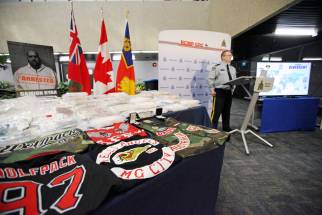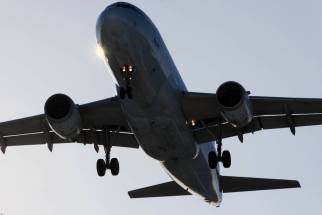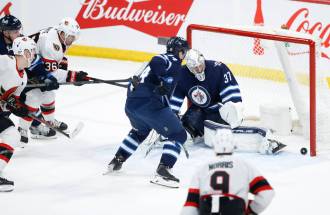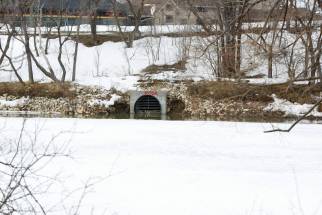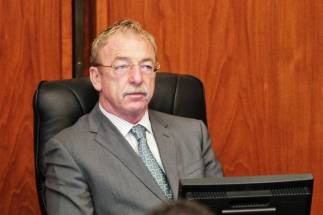City needs to make a stink over sewage spills Why was pipe work scheduled during spring melt?
Read this article for free:
or
Already have an account? Log in here »
To continue reading, please subscribe:
Monthly Digital Subscription
$0 for the first 4 weeks*
- Enjoy unlimited reading on winnipegfreepress.com
- Read the E-Edition, our digital replica newspaper
- Access News Break, our award-winning app
- Play interactive puzzles
*No charge for 4 weeks then price increases to the regular rate of $19.00 plus GST every four weeks. Offer available to new and qualified returning subscribers only. Cancel any time.
Monthly Digital Subscription
$4.75/week*
- Enjoy unlimited reading on winnipegfreepress.com
- Read the E-Edition, our digital replica newspaper
- Access News Break, our award-winning app
- Play interactive puzzles
*Billed as $19 plus GST every four weeks. Cancel any time.
To continue reading, please subscribe:
Add Free Press access to your Brandon Sun subscription for only an additional
$1 for the first 4 weeks*
*Your next subscription payment will increase by $1.00 and you will be charged $16.99 plus GST for four weeks. After four weeks, your payment will increase to $23.99 plus GST every four weeks.
Read unlimited articles for free today:
or
Already have an account? Log in here »
Hey there, time traveller!
This article was published 29/03/2022 (1351 days ago), so information in it may no longer be current.
The first question city councillors should ask at next week’s water and waste committee meeting is why the city schedules major sewer upgrades during the spring melt, when the risk of sewage overflow is high.
Over 78 million litres of untreated sewage mixed with snowmelt spilled into the Assiniboine River between March 16 and March 25.
Contractors were replacing an interceptor sewer pipe along Portage Avenue between Raglan Road and the Empress Street overpass. Snowmelt runoff overwhelmed the pumps used to bypass the wastewater collection system.
Even after extra pumps were brought in, sewage poured onto Portage Avenue and into an excavation along Omand’s Creek. Eastbound traffic on Portage Avenue had to be shut down.
The city had no choice but to release raw sewage from the Tylehurst combined sewer outfall to alleviate pressure. The spill would have been worse had the temperature not dropped last week, which prevented further melting.
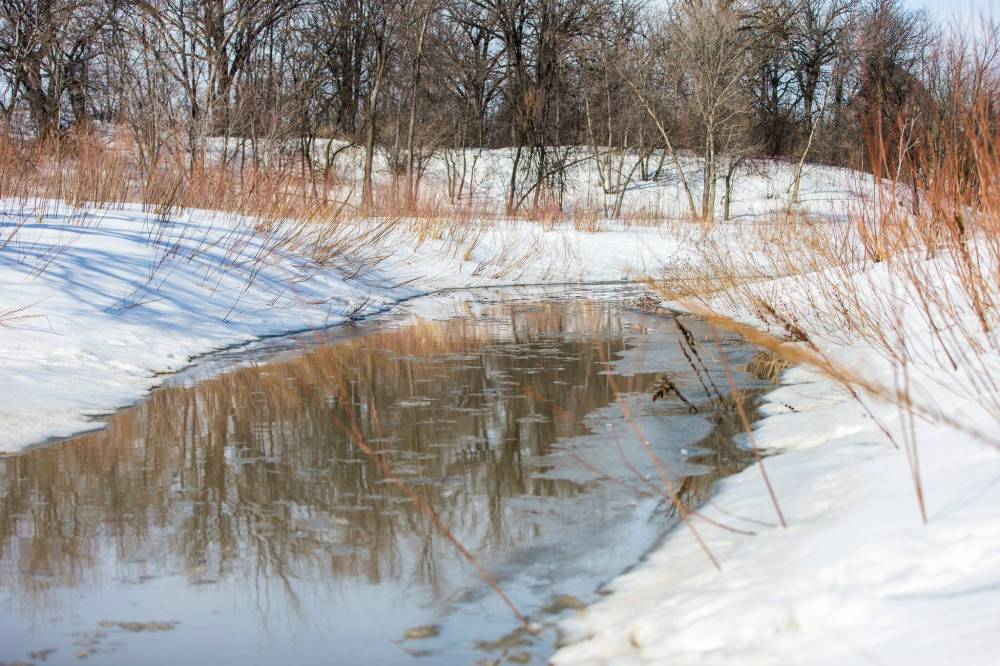
The question is: why was this work scheduled for this time of year? It’s spring. Snow melts in the spring.
City officials will probably argue they thought they had enough pumping capacity to handle the snowmelt. They didn’t. They knew, or ought to have known, there would be a risk this could happen. Which means they shouldn’t plan major upgrades during the spring thaw.
A city spokesperson said this was the worst sewage spill in at least five years. That’s not entirely correct. It is the largest discharge from a construction project or a mechanical failure since at least 2004, when the city began regularly reporting sewage spills.
However, those spills are nothing compared with the ones that occur regularly through the city’s combined sewer system, which services about 30 per cent of Winnipeg. Almost nine billion litres of diluted, untreated sewage is discharged into the city’s rivers on average every year from the one-pipe system (which normally carries sewage and street runoff to a treatment plant, but backs up virtually every time it rains).
There are more than 1,000 separate spills a year through the city’s 76 combined sewer outfalls. Many of those spills are over 100 million litres in size. However, they’re not publicly reported, at least not widely or in a timely fashion.
There are more than 1,000 separate spills a year through the city’s 76 combined sewer outfalls. Many of those spills are over 100 million litres in size.
On July 1, 2020, for example, 611 million litres of diluted raw sewage — more than seven times last week’s spill — was discharged into the Red and Assiniboine rivers from 49 sewage outfalls around the city.
There were no press releases or media reports at the time because those spills occur under the radar; they’re not fully reported until a year or more later. Even then, the data is buried on the city’s website on spreadsheets that are not easily accessible.
When combined sewers back up and spill into the river, the public is alerted through the city’s online “sewer overflow information system.” It reports when there is a “likelihood” of “high probability” that a spill occurred. However, it doesn’t say how much was discharged. That data can only be found in monthly reports the city posts online a year or more later.
Those spills could be reported in real time if the city chose to. Just over half the city’s combined sewer outfalls have instruments that measure the volume of sewage discharged into rivers. Estimates are calculated using hydraulic modelling for outfalls not equipped with measuring devices.
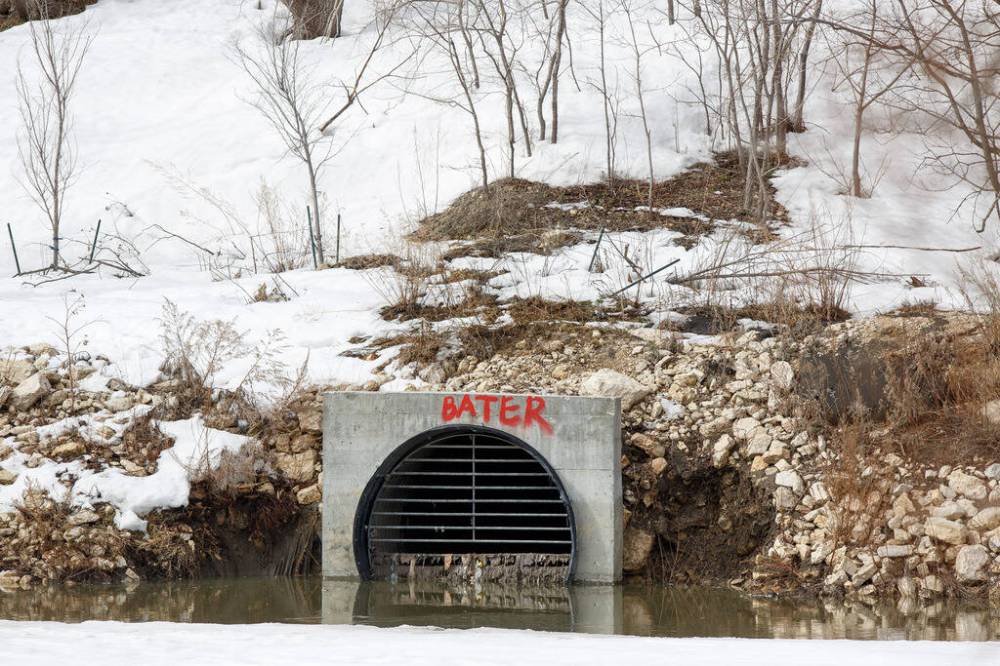
Imagine if the city put out a press release every time more than 10 million litres of raw sewage was dumped into the river? There would be dozens of reports a year. It would get a lot of attention — maybe the kind the city needs to get the provincial and federal governments on board to start funding the separation of combined sewers.
As it stands, the city is the only level of government funding combined sewer upgrades in Winnipeg, which require a $2.3-billion fix to capture 85 per cent of spills. The city has recently upped its $30-million annual combined sewer overflow budget to $45 million. So far, the province and the feds haven’t committed a dime.
As it stands, the city is the only level of government funding combined sewer upgrades in Winnipeg, which require a $2.3-billion fix to capture 85 per cent of spills.
Sewage spills like the one last week can be avoided through better management. But the much larger ones from combined sewers can only be solved if senior levels of government commit to funding the required upgrades. So far, they’ve shown little interest.
tom.brodbeck@freepress.mb.ca
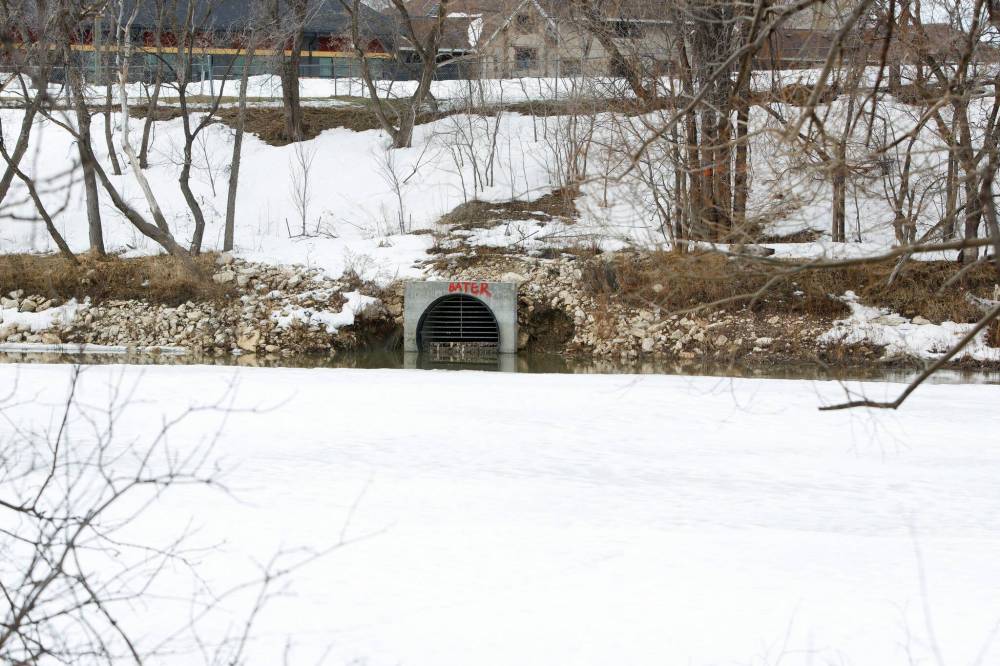

Tom has been covering Manitoba politics since the early 1990s and joined the Winnipeg Free Press news team in 2019.
Our newsroom depends on a growing audience of readers to power our journalism. If you are not a paid reader, please consider becoming a subscriber.
Our newsroom depends on its audience of readers to power our journalism. Thank you for your support.




